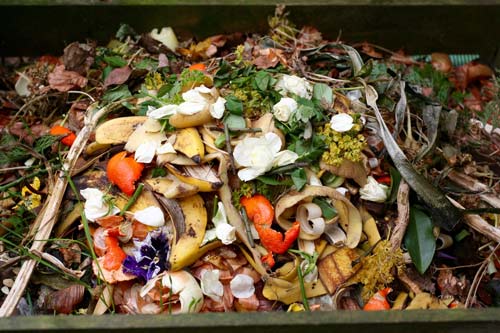Food waste in the United States is no joke. About 35% of the food in the United States ends up in the trash. Wasted food is the single largest component going into our municipal landfills - that’s $165 billion in food thrown away every year.
More than 40 million Americans are food insecure — meaning that they do not have reliable access to a sufficient quantity of affordable, nutritious food. One in 7 Americans face hunger every day.
So what’s the deal? How are we possibly wasting so much food? Well, 31% gets wasted at the retail or consumer level, meaning it doesn’t make it into the grocery stores or people just aren’t buying it. Many may wonder why somebody wouldn’t buy a perfectly good fruit or vegetable and the answer is because it’s “ugly.”
Seems absurd, we know - especially when so many people right here in America face hunger every day. But the reality is that imperfect fruits and vegetables are often times left to waste because consumers look to buy produce that is big and beautiful.
Awareness
The good news is that, as awareness continues to grow, more and more companies are making the extra effort to save ugly produce from being thrown away. The Natural Resources Defense Council estimated in 2012 that 6 billion pounds of produce is unharvested or unsold because it doesn’t meet quality shelf standards. The U.S. government set a goal of cutting food waste in half by 2030 through various initiatives and consumer education and, so far, the efforts are working.

Farmer and food activist Adam Hewitt is making strides in his own life to end the ugly produce stigmas with his book Kara’s Carrot. The book, which was originally intended as a gift for his daughter, teaches kids to appreciate ugly vegetables despite their imperfections.
How It’s Working
According to Spoiler Alert, a tech platform that helps businesses connect, collaborate, track and save surplus food, ugly fruits and vegetables are the next big trend in the produce industry. One company working towards reducing food waste is Dieffenbach’s Potato Chips in Womelsdorf, Pennsylvania. Dieffenbach’s announced Uglies potato chips in January, which are made of perfectly good potatoes that farmers would otherwise throw away due to minor imperfections.
Other major companies like Walmart are also starting to embrace imperfect fruits and vegetables. Last July, Walmart started selling “I’m Perfect” apples, a Washington state brand of apples that aren’t as visually attractive as the others. This isn’t Walmart’s first attempt at selling ugly produce, as they’ve been testing “Spuglies,” a brand of ugly potatoes on shelves in over 400 of their stores in Texas for about a year now.
How Can We Help?
Knowledge is key! Being aware of the food waste epidemic in the United States and around the world allows us to make changes in our own lives. One way we can help reduce food waste is by seeking out the ugly produce in your local grocery stores and farmers markets. It’s a small, but important, step that we all can take right now.
Ready to take a BIGGER step in the fight to reduce food waste and end hunger? Visit our Take Action page!
